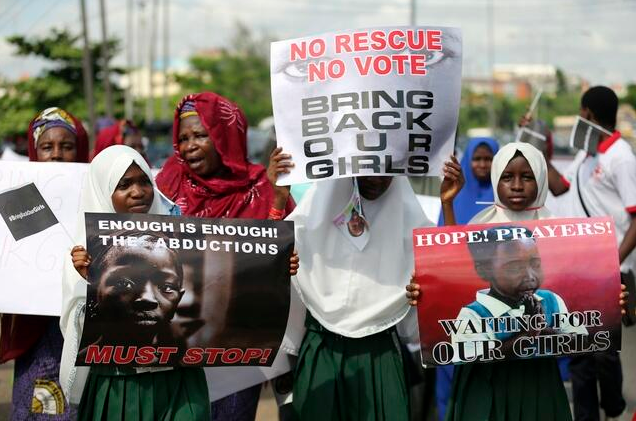
BUIKWE, Uganda — When a child goes missing in this central Ugandan district, villagers beat drums into a pulsing rhythm that sends rescuers scampering through bushes. Others, riding motorcycles, try to block exit routes.
In response to the kidnappings and ritual killings of children here, the traumatized community has created a rudimentary but effective abduction alert system that has saved at least two children so far this year.
Although the problem of children being killed as human sacrifices is reported in several parts of Uganda, Buikwe has gained notoriety recently as the country’s witchcraft capital. One in three households here keeps a shrine – a thatched hut in which so-called witchdoctors can be consulted – a frightening statistic that explains the prevalence of superstitious practices that threaten the lives of many children and even adults.
Some traditional healers use body parts to make potions for success in business and love, or to cure people of ailments.
The widespread fear of murder is why civic groups believe this fishing community on the shores of Lake Victoria can be mobilized for change. Eight children have been abducted and ritualistically killed in Buikwe this year, their mutilated bodies dumped in bushes and sugarcane plantations, according to local officials.
Across Uganda at least 729 children were abducted in 2013, according to a Ugandan police report that also cited a 39 percent increase in crimes against children over the previous year.
The village alert system is the best model to stop the abduction of children without actively stigmatizing traditional healers, some of whom are not involved in the killings, said Obed Byamugisha, of the aid group World Vision, who is working with local officials to stop the killings. The alert system makes child sacrifice “a concern of all the citizens,” said Byamugisha. The group has distributed many drums and megaphones that are now mounted atop poles in shopping centers across Buikwe, and more are planned.
A tearful mother, Juliet Nabirye, described to The Associated Press how one January evening a former boyfriend stole her four-year-old son and told her to “forget about the child because you will never see him again.” The man, an itinerant with no known home, had a history of criminal behavior and authorities believed the boy was in serious danger. So they drummed alerts and mounted a public campaign to find the child until the man released the boy to strangers who then handed him over to the police.
In another case, a boy was rescued just as his abductors had started to behead him. He has since had surgery to repair injured nerves around his neck, according to Byamugisha.
Some families have not been so lucky.
The decomposing remains of a six-year-old girl were found scattered in a cassava plantation earlier this month. The rescue team had arrived several days late, local leaders said, in part because the girl’s family did not immediately report her as missing. One recent afternoon, village chairman Samuel Bbosa pointed to the spot where the girl’s remains were discovered and said he regretted that she had not been found alive. Instead, he recalled, frustrated members of the search team turned violent, turning on a man some suspected of the killing, demolishing his home and trying to burn him alive, even though there was no evidence linking him to the crime.
“This shows that the community needs to stay alert,” Bbosa said of mob justice. “Maybe this would not have happened if we had taken action quickly.”
The village alert system, if embraced by most residents and is widely seen to work, may eliminate the urge among some to carry out vigilante violence, said Byamugisha, the World Vision official.
Residents have formed “village alert committees,” groups of men and women who meet certain days to discuss their response to child abductions and other crimes. Working closely with civic groups and the police, they meet residents to lecture them on safety matters. Children are encouraged to walk to and from school in groups, said Charles Okuta, a committee member who described ritual murder as a demand-driven phenomenon fuelled by “primitive beliefs” about wealth creation. Even fathers, he said, have been suspected of involvement in the disappearance of their own children.
Children hiking through bushes on their way to and from school are at serious risk in rural areas. Boys are more vulnerable to attacks because, unlike most girls, their ears are not pierced. For the most severe ailments or problems, witchdoctors are said to demand the body parts of children without skin blemishes, scars or piercings, according to civic leaders and residents. Yet even girls wearing earrings have been taken and killed in recent times, rendering a previously protective measure unreliable, Byamugisha said.
“It has opened their eyes,” he said of the alert system. “They now realize that (child sacrifice) is a problem to us all.”